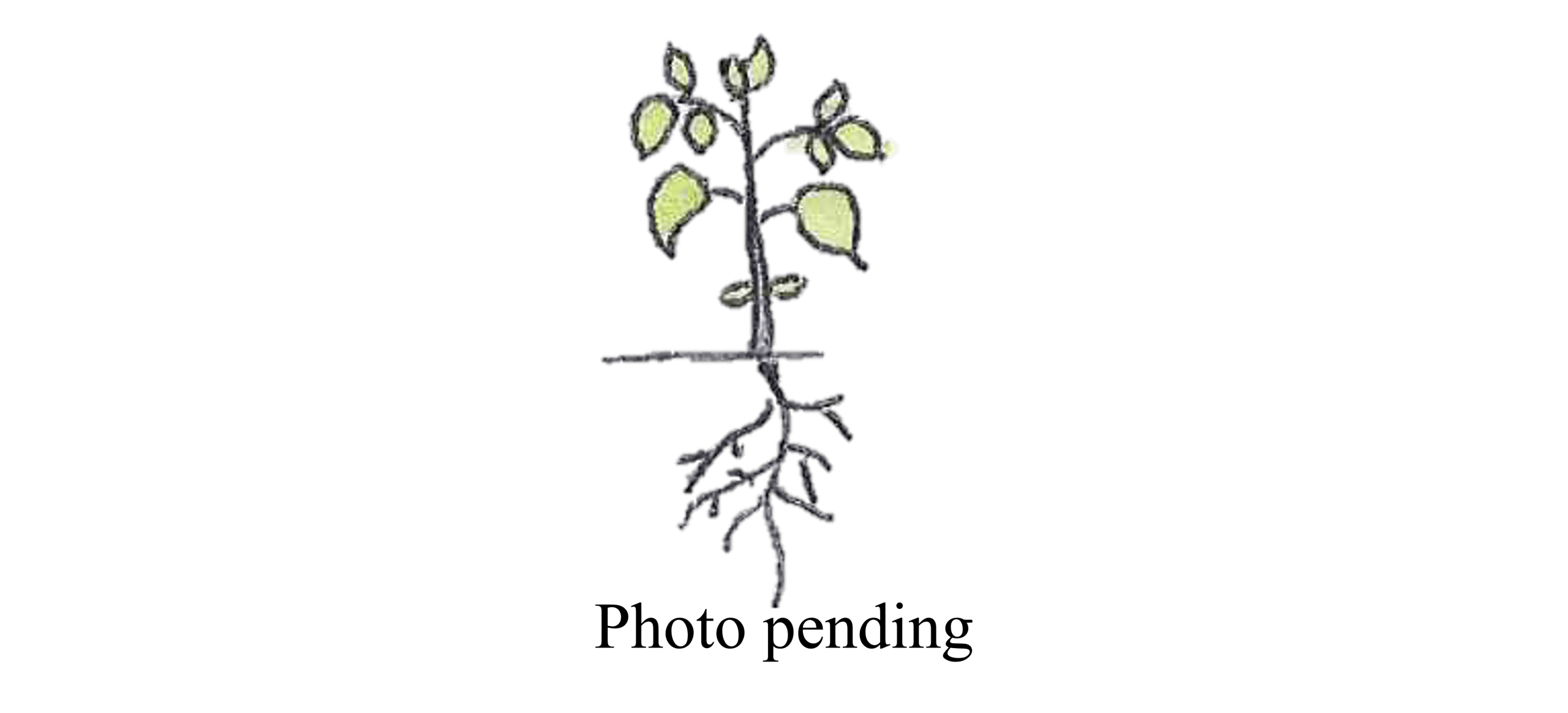Native elm, axehandle wood
Aphananthe philippinensis, Fam. Ulmaceae

Small to medium tree with a shapely canopy of dark green, rough surfaced leaves, rough surfaced branchlets, an often irregularly shaped, deeply fluted trunk that is buttressed at the base and dark brown, scaly bark with numerous lenticels and shed in irregular flakes.
| Weed Category: | |
| Weed: | No |
| Form or habit: | Small tree, Med tree |
| Family: | Ulmaceae |
| Leaf: | Simple, alternate, sharply toothed especially on young plants, ovate, oblong ovate or elliptic, 3-10cm long, somewhat stiff and tough, green on both surfaces, clothed in short stiff hairs that give a sandpapery texture. |
| Flower conspicuous: | Inconspicuous |
| Flower colour: |
White |
| Flower description: | Separate male and female flowers. Males occur in short axillary cymes. Females occur singly or occasionally in pairs in leaf axils. White, inconspicuous flowers. Spring and summer. |
| Fruit conspicuous: | Conspicuous |
| Fruit colour: |
Black, Green |
| Fruit: | |
| Fruit description: | Small, fleshy, ovate drupes with a persistent hairy forked style. Matures from green to black when ripe. Contains a single seed. Summer and autumn. |
| Habitat: | Gallery (riverine or riparian) forest, rainforest. |
| Distribution | Queensland, New South Wales, New Guinea, Melanesia, Malesia. |
| Food source for: | Fruit eaten by the green catbird, satin and regent bowerbirds, brown cuckoo dove, sulphur crested cockatoo, rainbow and scaly breasted lorikeets, crimson rosella, Australian king parrot, black faced and barred cuckoo shrikes,, Lewin's honeyeater, olive backed oriole, figbird, metallic starling and pied currawong. Flowers or nectar eaten by rainbow lorikeet. Larval food plant of the white banded plane and large purple line blue butterflies. |
| Toxicity: | No toxicity known |
| Origin: | Australia, New Guinea, Melanesia, Malesia. |
| Notes: | Grow from fresh seed, remove flesh before planting. Creamy white, close grained, hard, fairly tough and not durable timber. |
| Information sources: | Melzer R. & Plumb J. (2007) Plants of Capricornia. |



